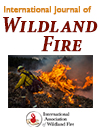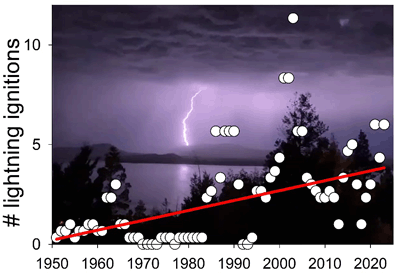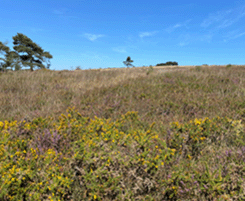WF24203Impact of wildfire smoke, heat stress and sleep deprivation on the brain health of wildland firefighters
Wildland firefighters face brain health risks from wildfire smoke, heat, physical strain and disrupted sleep. These hazards increase neuroinflammation, cognitive decline and mental health challenges like post-traumatic stress disorder (PTSD) and depression. Protective measures, including better gear, hydration, recovery time and mental health support, are essential. Research is needed to understand and mitigate long-term effects.
WF24203 Abstract | WF24203 Full Text | WF24203PDF (900 KB) | WF24203Supplementary Material (122 KB) Open Access Article







